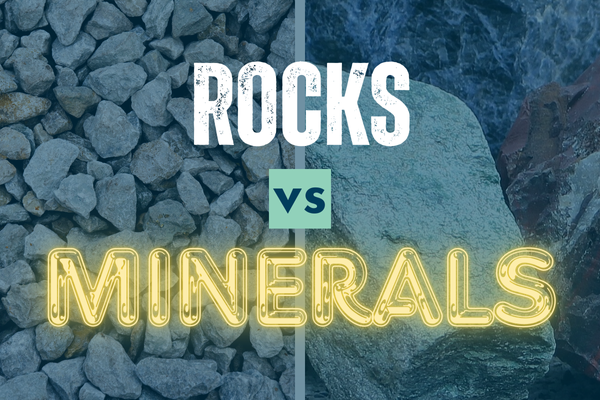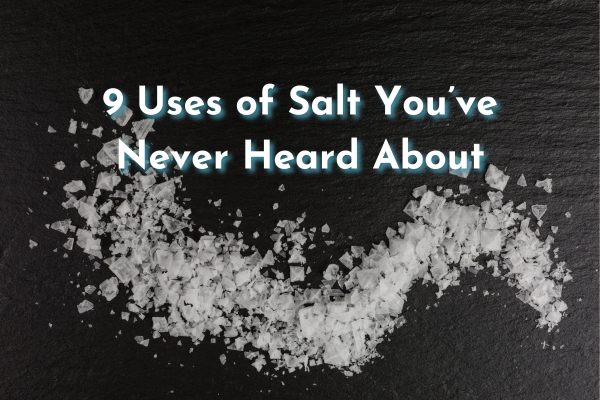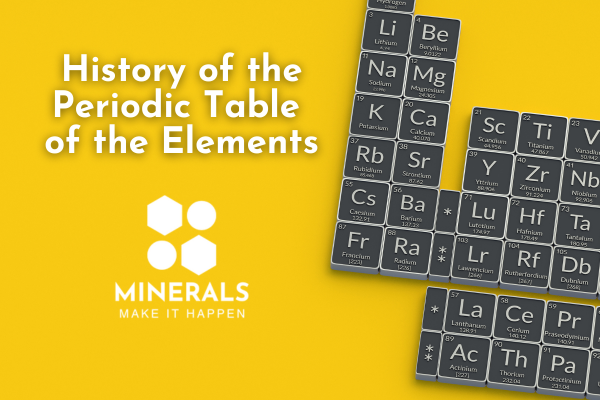September 5, 2024
September 5, 2024

It’s common for people to assume that mining industry professionals are just digging up rocks. And in some sectors, that is true. But the minerals industry is more than just a bunch of dirty rocks; they are essential to our daily lives!
Rocks and minerals are fundamental components of Earth's crust, but they differ in composition, formation, and classification. Understanding these differences can enhance our appreciation of the natural world, from the ground beneath our feet to the structures we build.
What Are Minerals?
Minerals are naturally occurring, inorganic substances with a definite chemical composition and crystalline structure. They are the building blocks of rocks. Each mineral has a specific chemical formula, often comprising elements such as silicon, oxygen, carbon, and iron. These elements combine in specific ways to form the distinct structures and properties of each mineral.
For example, quartz is a common mineral made up of silicon and oxygen (SiO₂). It forms crystals and is known for its hardness and glassy luster. Feldspar, another common mineral, also contains silicon and oxygen but combines with other elements like aluminum, potassium, or calcium, leading to different types of feldspar with varying colors and properties.
What Are Rocks?
Rocks are aggregates of one or more minerals or mineraloids (minerals lacking a crystalline structure). They form through various geological processes, including cooling of molten material, compression, and cementation of sediments, or alteration by heat and pressure.
There are three main types of rocks:
Key Differences Between Rocks and Minerals
Composition: Minerals have a fixed chemical composition and structure, while rocks are mixtures of various minerals. For instance, basalt, an igneous rock, typically contains minerals like pyroxene, olivine, and plagioclase.
Formation: Minerals form through specific processes such as crystallization, while rocks are formed through a variety of processes, including cooling, sedimentation, and metamorphism.
Appearance and Properties: Minerals exhibit unique physical properties like color, luster, hardness, and cleavage, which help in their identification. Rocks, on the other hand, often have a composite appearance reflecting the minerals within them. For example, the banded appearance of gneiss, a metamorphic rock, results from the alignment of minerals like quartz, feldspar, and mica under pressure.
While rocks and minerals are closely related, understanding the distinction between them is crucial in geology. Minerals are the pure substances with specific compositions that combine to form rocks, which are the more complex, heterogeneous materials making up Earth's crust. By studying both, geologists can unravel the history and processes that have shaped our planet over billions of years.

March 17, 2025

February 7, 2025